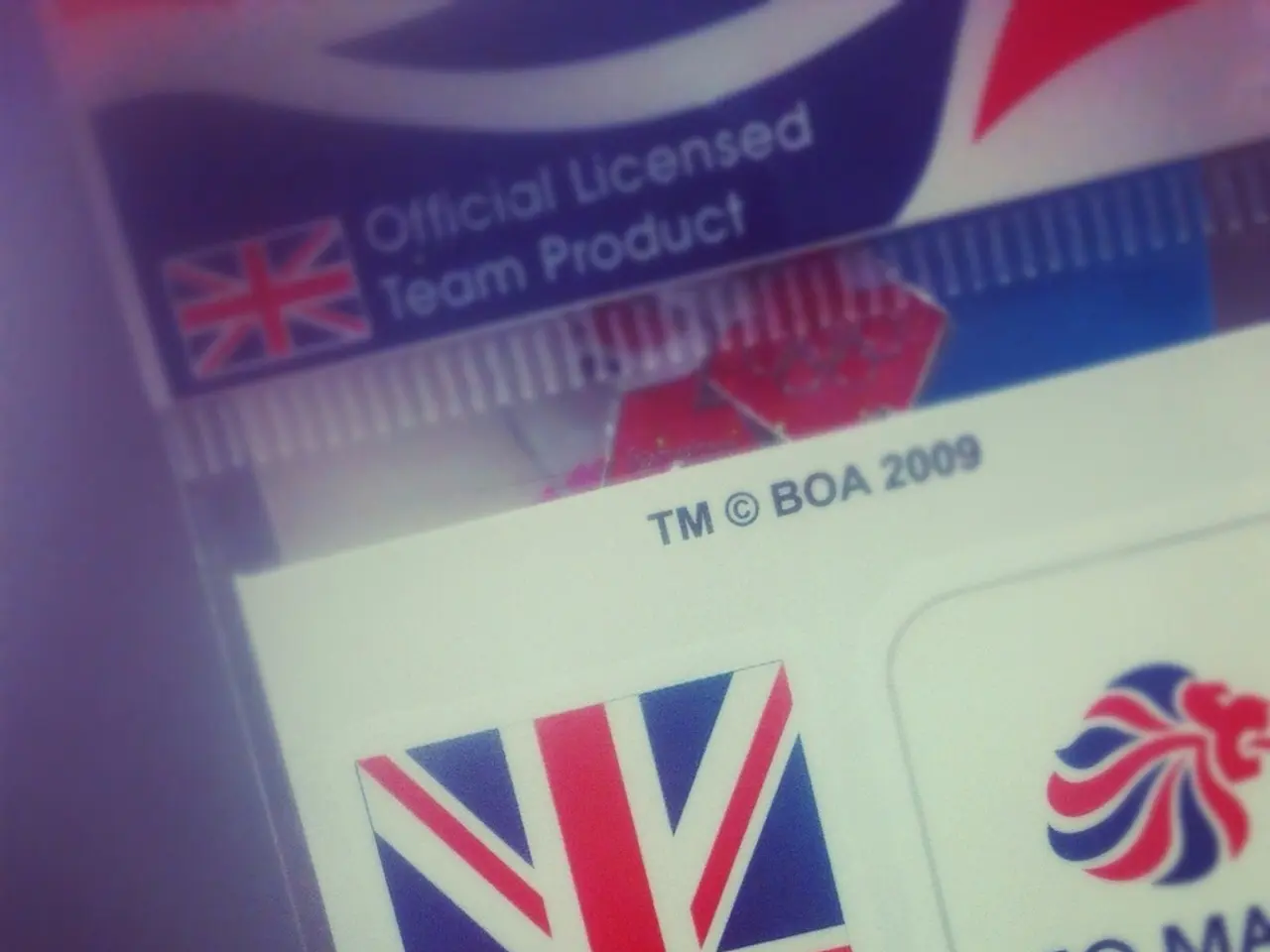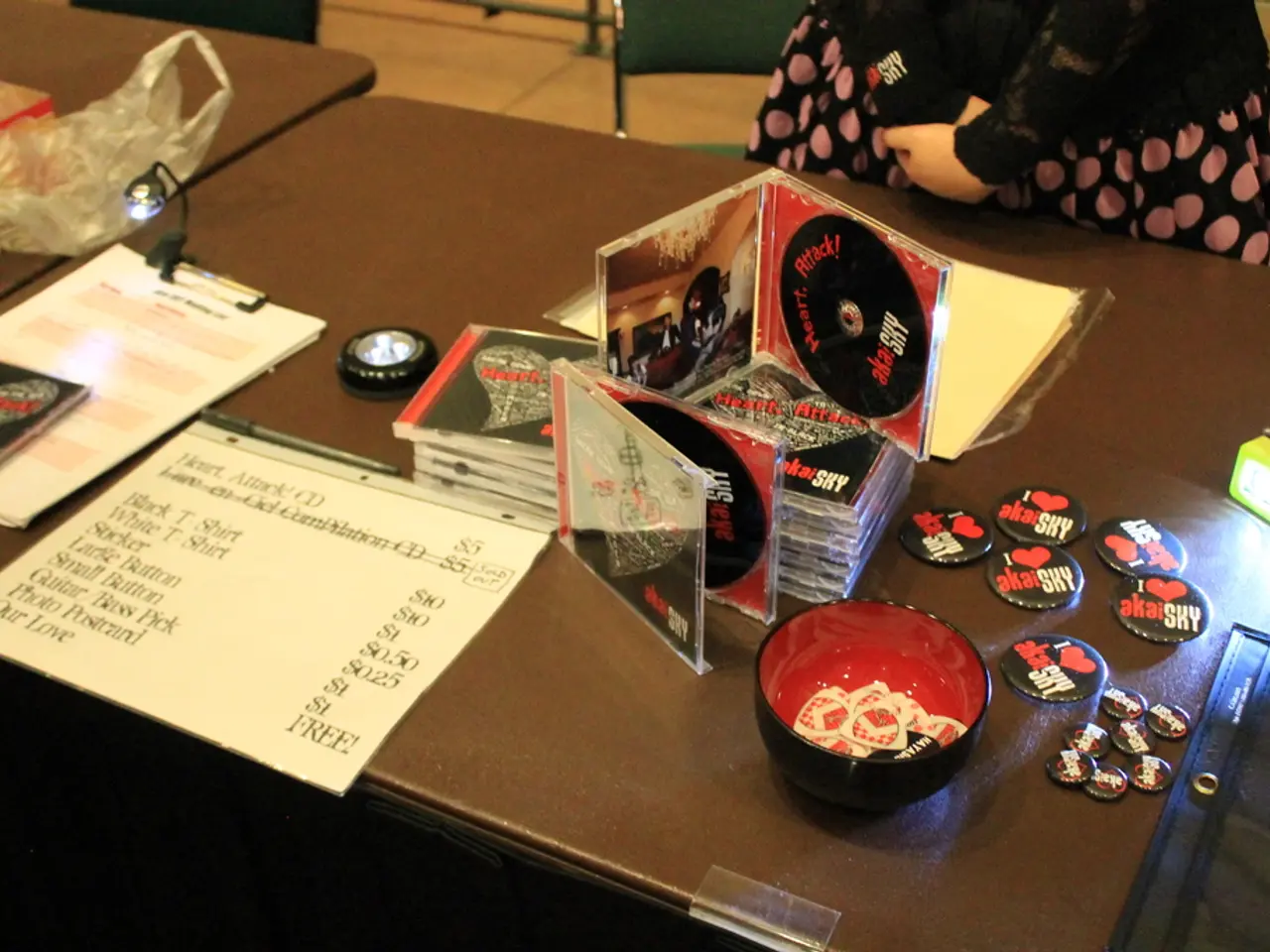Is it possible to generate materials for genetic engineering without using nanotechnology, relying instead on common materials like DNA or RNA?
In the rapidly evolving field of genetic engineering, some researchers are turning away from nanotechnology and embracing more natural, cell-compatible methods. This shift is paving the way for safer, more accessible, and ethically grounded genetic interventions.
Biologically derived materials are proving to be a powerful alternative to synthetic nanomaterials. DNA and RNA, the genetic materials used to encode desired genes or edits, can be delivered into cells in various ways, including as naked nucleic acids or packaged within carriers to enhance uptake and expression.
Viral vectors, engineered viruses that naturally infect cells and deliver their genetic payload efficiently, are another example of biology without relying on engineered nanomaterials. These vectors, such as adenovirus and lentivirus, integrate or express the transgene inside the host cell, exploiting viral infection capabilities to deliver DNA or RNA directly into cells.
Cell-penetrating peptides (CPPs) are short peptides that facilitate the transport of cargo molecules like nucleic acids across the cell membrane. They enable intracellular delivery without requiring nanoparticle formulations, although CPPs themselves are at the molecular scale rather than nanoscale particles by design.
Liposomes, spherical phospholipid bilayer vesicles that can encapsulate nucleic acids or drugs, are also employed in genetic engineering. While liposomes range from nanometers to micrometers, their use as carriers predates the advent of nanotechnology and they are considered more a biochemical carrier system than a nanomaterial per se. They protect cargo and aid fusion or uptake into cells.
Interestingly, liposomes can be created using natural phospholipids found in cells, and extracellular vesicles (EVs) are a natural, non-nanotech route for delivering RNA and DNA. Advanced tools in molecular biology and synthetic genomics are making it increasingly possible to design sophisticated genetic systems using only DNA, RNA, proteins, and lipid-based components.
CPPs form complexes with DNA or RNA for gene delivery, and these methods utilize biological or biochemical principles, physical methods (e.g., electroporation), or biochemical carriers rather than engineered nanotechnologies.
While nanotechnology, such as polymeric nanoparticles or magnetic nanoparticles, is increasingly explored as an advanced delivery platform, traditional genetic engineering methods work effectively without sophisticated nanomaterials. The regulatory challenges in clinical translation are a reason some researchers avoid nanotechnology, favouring these more established methods for introducing genetic material into cells.
In conclusion, these carriers and delivery methods provide a pathway to genetic modification by facilitating entry and expression of nucleic acids, using biochemical and biological systems rather than engineered nanodevices. As research continues to advance, it's clear that these natural, cell-compatible methods will play a significant role in the future of genetic engineering.
- The shift away from nanotechnology in genetic engineering is leading researchers to explore the use of biologically derived materials, such as viral vectors and cell-penetrating peptides, which rely on biological systems rather than engineered nanomaterials.
- In contrast to the regulatory challenges of nanotechnology in clinical translation, traditional genetic engineering methods utilizing biochemical and biological carriers, like liposomes and complexes formed by cell-penetrating peptides, are proving to be more accessible and ethically grounded, playing a significant role in the future of medical-conditions treatment through genetic engineering.




